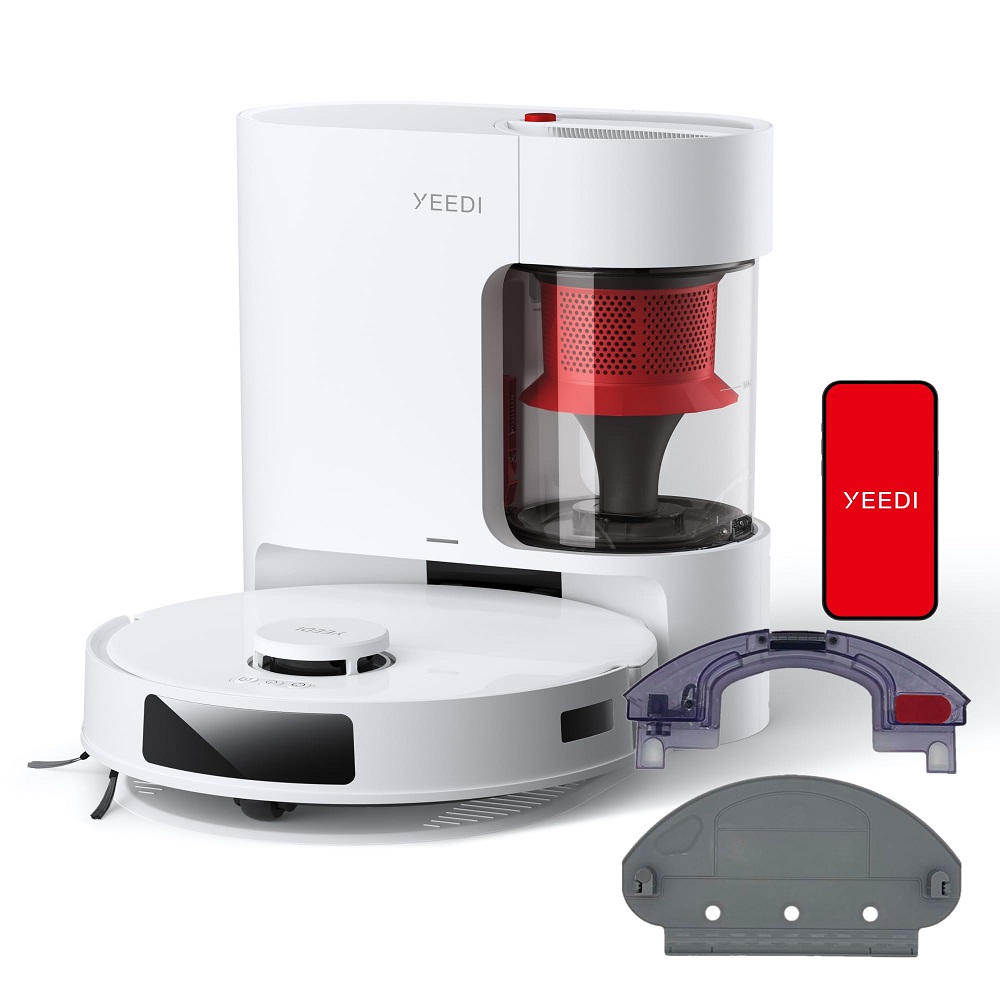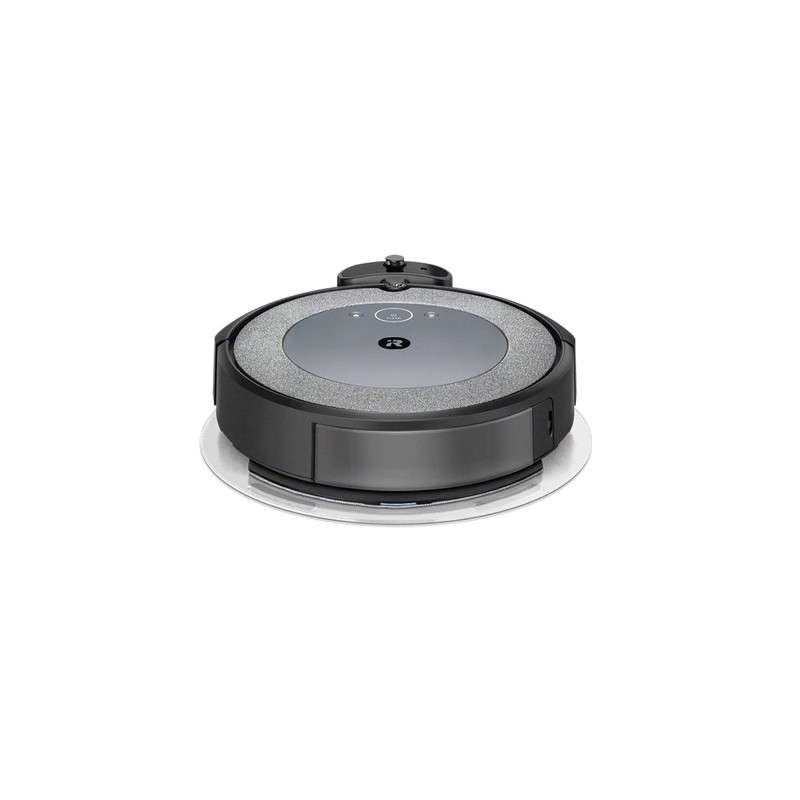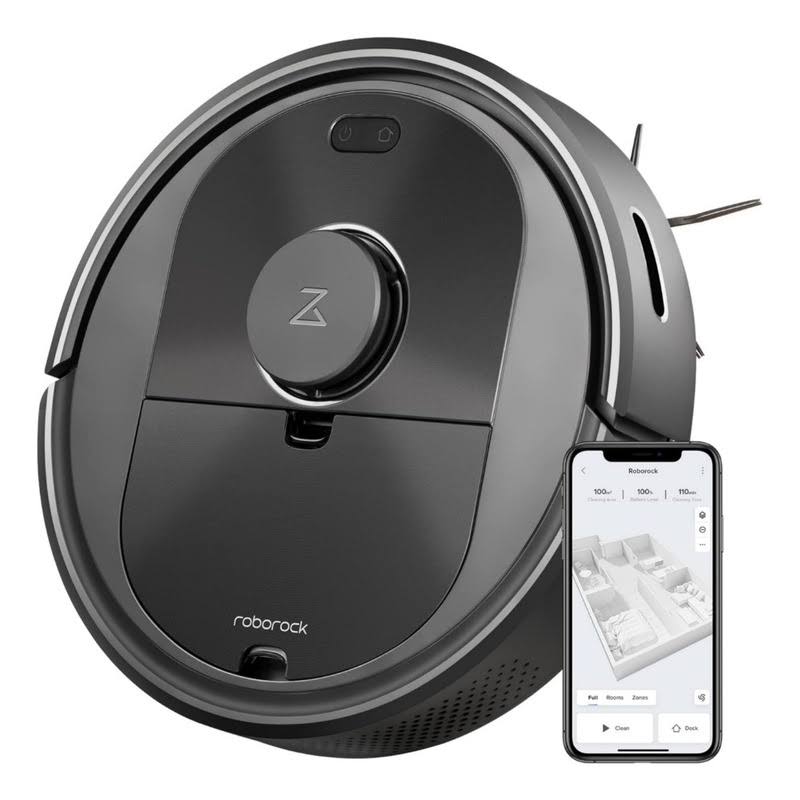Bagless robot vacuums have revolutionized the way we clean our homes, offering convenience, efficiency, and ease of use. However, like any appliance, they require proper maintenance to ensure optimal performance and longevity. This guide provides comprehensive tips and techniques for maintaining your bagless robot vacuum, so it continues to keep your living space clean and fresh.
Understanding Your Robot Vacuum
Know Your Model
Before diving into maintenance routines, familiarize yourself with your specific model of robot vacuum. Different brands and models come with varied features and components. Review the user manual to understand the capabilities and limitations of your vacuum. Knowing how your robot vacuum works, including its sensors, brushes, and filters, can help you troubleshoot issues more effectively. If you’re considering upgrades or attachments, understanding your vacuum’s specifications will guide your choices.
Common Components to Monitor
Most bagless robot vacuums share several common components that require regular attention, including the dustbin, brushes, and filters. Maintain an eye on each of these elements, as they play crucial roles in your vacuum’s efficiency. The dustbin collects debris, the brushes agitate dirt from surfaces, and the filters trap allergens, ensuring cleaner air in your home. Regular maintenance of these components will enhance your vacuum’s performance and prolong its lifespan.

Regularly Emptying the Dustbin
Why It’s Essential
One of the simplest yet most vital maintenance tasks is regularly emptying the dustbin. When the dustbin fills up, it can hinder suction power, making your vacuum less efficient at cleaning. Additionally, a full dustbin may cause debris to spill back onto the floor when the vacuum resumes its cleaning cycle. Avoid these issues by emptying the dustbin after every few uses or when it becomes noticeably full.
Proper Emptying Techniques
To empty the dustbin effectively, follow the manufacturer’s guidelines. Usually, you can remove the dustbin with a simple lever or button. Hold it over a trash can and press the release button—most dustbins have a designated opening for quick disposal. Consider wearing a mask during this process if you’re sensitive to dust. After emptying, take a moment to clean any stubborn debris from the bin and check for clogs in the filter areas. Regular cleaning ensures better airflow and maximizes suction efficiency.
Cleaning the Brushes and Wheels
Importance of Brush Maintenance
The brushes of your bagless robot vacuum play a key role in agitating dirt and debris from various surfaces. Over time, hair, string, and other lint can become entangled in the brushes, reducing their effectiveness. Regular brush cleaning ensures optimal performance and prevents unnecessary strain on the motor. Your vacuum will operate more efficiently, reducing the likelihood of requiring costly repairs down the line.
Cleaning and Replacing Brushes
To clean the brushes, gently remove them according to your model’s instructions. Use scissors to carefully cut away any tangles, but be cautious not to damage the bristles themselves. Rinse the brushes under warm water and let them dry thoroughly before reinstalling. If your brushes are showing signs of wear or damage, consider replacing them to maintain peak performance. Check with your manufacturer for compatible brush replacements and guidance on how often to swap them out.

Maintaining the Filters
Importance of Filter Care
Filters trap allergens and dust particles, keeping your indoor air quality clean and fresh. If the filters become clogged, air cannot flow freely, and suction power wanes. Maintaining the filters is essential not only for the vacuum’s functionality but also for your health, especially if you suffer from allergies or asthma.
Cleaning and Replacing Filters
Most bagless robot vacuums feature HEPA filters, foam filters, or a combination of both. Check your user manual for specific cleaning recommendations. Generally speaking, foam filters can be rinsed under water, while HEPA filters should be tapped out lightly to remove dust and debris. Always allow filters to dry completely before reinserting them. Depending on the manufacturer’s guidance, you may need to replace the filters annually or when they show signs of wear or discoloration.
Keeping Sensors and Charging Contacts Clean
Importance of Sensor Maintenance
Most robot vacuums use sensors to navigate and avoid obstacles. If these sensors become dirty or obstructed, the vacuum’s performance may suffer, leading to erratic behavior or failure to clean certain areas. Regular maintenance of the sensors ensures your vacuum navigates effectively and completes cleaning cycles without interruptions.
Cleaning Sensors and Charging Contacts
Use a soft cloth or microfiber cloth to gently wipe the sensors and charging contacts. Avoid abrasive materials that could scratch the surface. Check for any dust or debris that may have gathered, particularly in corners or near the wheels. Make this cleaning a part of your maintenance routine, ideally every time you empty the dustbin. Regular attention to sensors can enhance your vacuum’s reliability and efficiency.
Software and Firmware Updates
Keeping Technology Up-to-Date
Many bagless robot vacuums come equipped with smart technology that requires regular software or firmware updates. These updates often include enhancements in cleaning efficiency, additional features, or fixes for technical issues. Staying up-to-date can significantly enhance the performance and reliability of your robot vacuum.
How to Check for Updates
To update your vacuum’s software, connect it to your home Wi-Fi and check the manufacturer’s app or website for available updates. Follow the instructions provided to ensure you download the latest versions. It’s a simple yet impactful step in maintaining the technology behind your vacuum. Regular updates can extend not only the functionality of your vacuum but also its lifespan, allowing you to maximize your investment.

Storing Your Robot Vacuum Properly
Creating an Ideal Storage Environment
Proper storage is crucial for maintaining your bagless robot vacuum when it’s not in use. Choose a clean, dry area that is free from dust and moisture. Avoid leaving it in areas prone to temperature fluctuations, such as garages or attics, as extreme conditions can affect the vacuum’s battery and components. An ideal storage environment helps ensure that your vacuum remains in top condition, ready for its next cleaning task.
Setting a Cleaning Schedule
Creating a regular cleaning schedule can streamline your maintenance routine. Consider when you use your vacuum most frequently and plan to perform maintenance tasks accordingly. For instance, you might choose to empty the dustbin and clean the brushes weekly, and perform a more thorough check on the filters and sensors monthly. Setting reminders on your calendar can help keep these tasks organized and ensure you never let maintenance slide, thereby prolonging the life of your vacuum.
Troubleshooting Common Issues
Identifying Performance Problems
Even with diligent maintenance, you may encounter issues from time to time. It’s essential to be prepared for common problems that can affect the performance of your bagless robot vacuum. Issues such as reduced suction power, erratic movements, or failure to charge can often arise and indicate the need for troubleshooting. Identifying these problems early can save you from costly repairs and ensure your vacuum continues to operate efficiently.
Steps for Troubleshooting
When you notice a performance issue, start by conducting a visual inspection. Check if the dustbin is empty, as a full bin can cause suction losses. Next, examine the brushes and wheels for any entangled hair or debris that could be obstructing movement. If the vacuum isn’t charging, inspect the charging contacts for dirt or corrosion; clean them if necessary. Additionally, reset the vacuum by turning it off and on again, which can resolve minor electronic glitches. If issues persist, consult the user manual for specific troubleshooting advice related to your model. For recurring issues, don’t hesitate to reach out to customer support or a professional technician for assistance.
Ensuring Longevity and Performance
With the right maintenance routine, your bagless robot vacuum can continue effectively cleaning your home for years. By understanding your vacuum’s components and committing to regular upkeep, you can enjoy maximum efficiency and improved health benefits through better air quality. From emptying the dustbin to updating software, each step plays a vital role in ensuring your vacuum remains a trusty partner in house cleaning. Cultivating these maintenance habits not only enhances your vacuum’s performance but also provides you with peace of mind, knowing your home is consistently kept clean and inviting. Embrace these maintenance techniques, and let your robot vacuum work smarter, not harder!